Home>Furniture>Outdoor Furniture>How To Keep Patio Furniture From Rusting
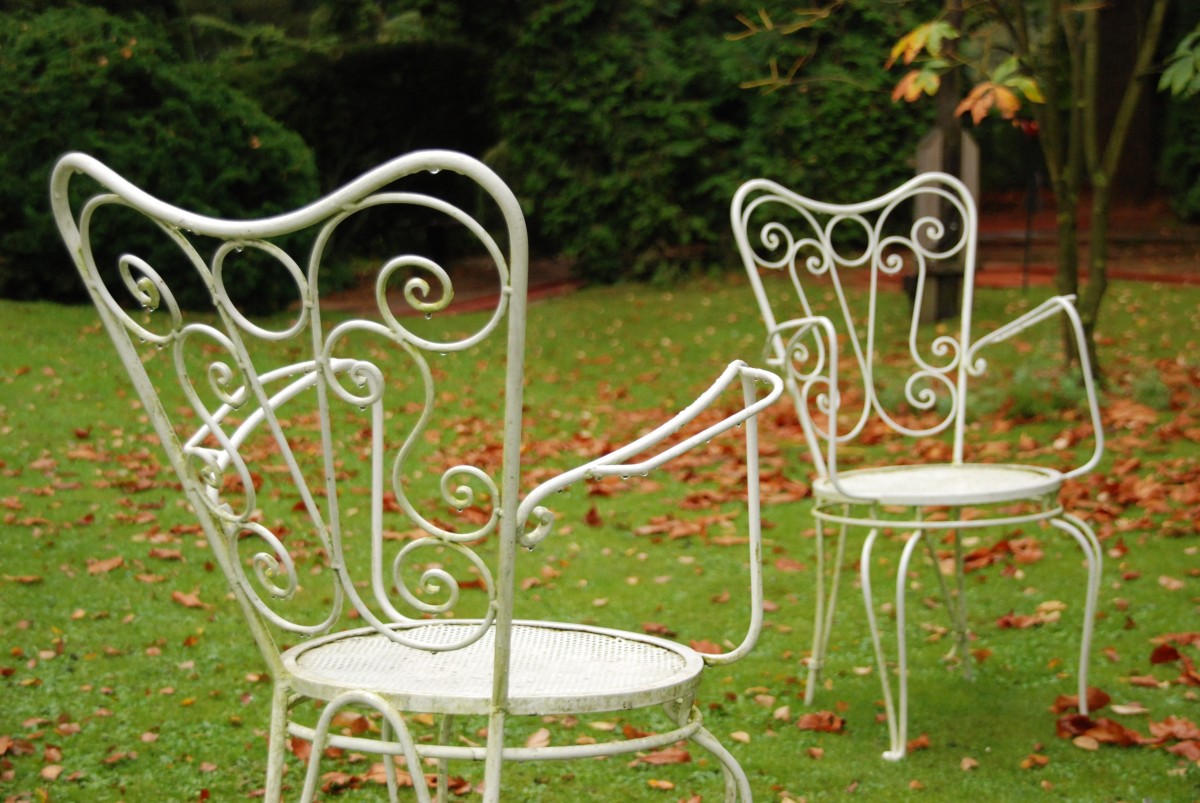

Outdoor Furniture
How To Keep Patio Furniture From Rusting
Modified: March 7, 2024
Protect your outdoor furniture from rust with these easy tips and tricks. Keep your patio furniture looking good all year long!
(Many of the links in this article redirect to a specific reviewed product. Your purchase of these products through affiliate links helps to generate commission for Storables.com, at no extra cost. Learn more)
Introduction
Welcome to our comprehensive guide on how to keep your patio furniture from rusting. Outdoor furniture provides a perfect space to relax and enjoy the fresh air, but constant exposure to the elements can lead to rust and deterioration over time. Rust not only affects the aesthetic appeal of your patio furniture but can also weaken its structure, leading to potential safety hazards.
Understanding how rust forms and taking preventive measures can help extend the lifespan of your outdoor furniture and keep it looking beautiful for years to come. In this article, we will dive into the causes of rust, discuss the types of patio furniture that are more prone to rust, and provide practical tips on choosing rust-resistant materials and preventing rust from occurring in the first place. So, let’s get started and ensure your patio furniture is protected from rust and stands the test of time.
Key Takeaways:
- Protect Your Patio Furniture
Prevent rust by choosing rust-resistant materials, applying protective coatings, and using covers during bad weather. Regular cleaning and maintenance are essential for long-lasting outdoor furniture. - Store Smart, Enjoy Longer
Properly store your patio furniture during the off-season in a dry space, disassembling if possible. Regular inspections and proactive measures will keep your furniture rust-free for years to come.
Read more: How To Fix Rusted Patio Furniture
Understanding Rust and Its Causes
Rust is the result of a chemical reaction known as oxidation. It occurs when metal, such as iron or steel, comes into contact with oxygen and moisture. When these elements interact, they create iron oxide, commonly known as rust. This process is accelerated in outdoor environments where the furniture is constantly exposed to rain, humidity, and other weather conditions.
One of the main culprits for rust formation is water. Moisture acts as a catalyst in the oxidation process, causing the metal to corrode and weaken over time. Additionally, oxygen in the air combines with iron, forming iron oxide, which is the reddish-brown substance we commonly associate with rust.
Saltwater and air pollutants are also significant contributors to rust formation. If you live in coastal areas or areas with high levels of air pollution, your patio furniture is more susceptible to corrosion. Saltwater contains chlorides, which are highly corrosive to metals, while pollutants in the air can accelerate the oxidation process.
Another factor to consider is the quality of the materials used in your patio furniture. Lower-quality furniture made from cheaper metals or with inadequate protective coatings may be more prone to rust. Therefore, investing in high-quality, rust-resistant materials is crucial in preventing rust formation.
Now that we have a better understanding of what causes rust, let’s explore the types of patio furniture that are more susceptible to corrosion.
Types of Patio Furniture Prone to Rust
While any type of metal patio furniture has the potential to rust, some materials are more prone to corrosion than others. Here are a few common types of patio furniture that may require extra attention to prevent rust:
- Steel: Steel is a popular choice for patio furniture due to its durability and strength. However, untreated or low-quality steel is highly susceptible to rust. Look for steel furniture that is powder-coated or galvanized as these treatments provide an additional layer of protection against rust.
- Iron: Iron patio furniture is known for its classic and elegant look. However, iron is also prone to rusting, especially when exposed to moisture. To prevent rust, opt for wrought iron furniture that has been coated with a rust-resistant finish or consider using covers during rainy seasons or when the furniture is not in use.
- Aluminum: Aluminum is a lightweight and corrosion-resistant material, making it a popular choice for outdoor furniture. However, if the protective coating on the aluminum furniture is scratched or damaged, it can lead to rust formation. Regularly inspect your aluminum furniture for any signs of damage and repair or replace the coating as needed.
- Cast Iron: Cast iron furniture is known for its durability but is prone to rust if not properly maintained. The porous nature of cast iron makes it susceptible to moisture absorption, leading to rust formation. Apply a protective sealant or paint to the cast iron surfaces and regularly clean and dry the furniture to prevent moisture buildup.
- Wicker and Wood with Metal Frames: While wicker and wood are not prone to rust, the metal frames used in these types of furniture can rust if exposed to moisture for prolonged periods. Ensure that the metal frames are coated with a protective layer, and consider using covers or moving the furniture to a covered area during rainy or humid seasons to prevent rust formation.
Understanding the vulnerabilities of different types of patio furniture will help you take the necessary steps to prevent rust. Now, let’s explore how to choose rust-resistant materials for your outdoor furniture.
Choosing Rust-Resistant Materials
When shopping for patio furniture, it’s important to consider materials that are inherently rust-resistant or have undergone treatments to enhance their resistance to corrosion. Here are some key materials to look for:
- Stainless Steel: Stainless steel is one of the most rust-resistant materials available for outdoor furniture. It contains chromium, which forms a passive protective layer on the surface of the metal, preventing rust from forming. Look for furniture made from 304 or 316 grade stainless steel for optimal rust resistance.
- Aluminum: As mentioned earlier, aluminum is naturally corrosion-resistant. It forms a thin layer of oxide on its surface, which acts as a barrier against rust. Look for furniture made from high-quality, powder-coated aluminum for added protection against moisture and prolonged exposure to the elements.
- Teak: Teak is a popular choice for outdoor furniture due to its natural resistance to decay and insects. It contains oils that help protect the wood from moisture and prevent rusting of any metal components. When choosing teak furniture, ensure that any metal fittings or fasteners are made from rust-resistant materials such as stainless steel.
- Polywood: Polywood is a synthetic material made from recycled plastic. It is highly resistant to rust, as it does not contain any metal components. Polywood furniture is durable, low-maintenance, and an eco-friendly choice for rust-resistant outdoor furniture.
- Wrought Iron: Wrought iron furniture, when properly treated, can be resistant to rust. Look for furniture that has been coated with a rust-resistant finish, such as a powder coating or galvanization. Regular maintenance, including touch-ups and sealing, will also help prolong the lifespan of your wrought iron furniture.
By choosing patio furniture made from these rust-resistant materials, you can significantly reduce the risk of rust formation and ensure your furniture remains in pristine condition. However, even with rust-resistant materials, it’s important to take proactive measures to prevent rust. That’s why we’ll now explore how to prepare your patio furniture for rust prevention.
Preparing Patio Furniture for Rust Prevention
Before you can effectively prevent rust on your patio furniture, it’s important to properly prepare and maintain it. Here are some steps you can take:
- Clean the Furniture: Start by thoroughly cleaning your patio furniture to remove any dirt, debris, or existing rust. Use a mild detergent mixed with warm water and a soft brush or cloth to gently scrub the surfaces. Rinse with water and allow the furniture to dry completely before proceeding.
- Inspect for Damage: After cleaning, carefully inspect the furniture for any signs of damage, such as chipped paint or rust spots. Address any issues promptly to prevent further rust formation. Touch up any paint chips or apply a rust-inhibiting primer to exposed metal surfaces.
- Apply Rust Inhibitor: Use a rust inhibitor or converter on any remaining rust spots. These products chemically convert rust into a stable compound, preventing further corrosion. Follow the manufacturer’s instructions carefully for application and safety guidelines.
- Remove Rust Stains: If your patio furniture has fabric cushions or other parts that have been stained by rust, treat them with a stain remover specifically designed for rust stains. Test the product on a small, inconspicuous area first to ensure it doesn’t cause discoloration or damage.
- Wax or Seal the Furniture: Applying a protective wax or sealant to your patio furniture can provide an extra layer of defense against rust. Choose a product suitable for the material of your furniture and follow the manufacturer’s instructions for application.
- Regularly Inspect and Maintain: To effectively prevent rust, regularly inspect your patio furniture for any signs of wear or damage. Address any issues promptly, such as touch-ups or applying a fresh coat of paint or sealant. Additionally, keep your furniture clean and dry, removing any standing water or moisture that may accumulate on or around it.
By following these steps and taking proactive measures, you can significantly reduce the risk of rust formation and protect the longevity of your patio furniture. However, regular cleaning and maintenance are key to ensuring the continued rust prevention of your outdoor furniture.
Next, we’ll discuss some essential cleaning and maintenance tips to keep your patio furniture in optimal condition.
To keep patio furniture from rusting, regularly clean and dry the furniture, apply a rust-resistant coating, and store it indoors during inclement weather.
Read more: How To Prevent Rust On Patio Furniture
Regular Cleaning and Maintenance Tips
Regular cleaning and maintenance are crucial for protecting your patio furniture from rust and ensuring its longevity. Here are some tips to help you keep your outdoor furniture in optimal condition:
- Wipe Down Regularly: Dust, dirt, and debris can accumulate on your patio furniture, creating a breeding ground for rust. Use a soft cloth or sponge to regularly wipe down the surfaces of your furniture, removing any dirt or pollutants.
- Use Mild Cleaners: When deeper cleaning is needed, use mild, non-abrasive cleaners specifically formulated for outdoor furniture. Avoid harsh chemicals or abrasive cleaners that can damage the protective finishes or materials of your furniture.
- Pay Attention to Cushions: If your patio furniture has cushions, be sure to regularly remove and clean them according to the manufacturer’s instructions. This will help prevent moisture buildup and mildew, which can contribute to rust formation.
- Remove Stains Promptly: Accidental spills or stains should be promptly addressed and cleaned to prevent discoloration or damage to the furniture. Use appropriate stain removers or consult the manufacturer’s recommendations for tackling specific stains.
- Protect with Covers: During extended periods of non-use or inclement weather, consider using covers designed to fit your patio furniture. Covers provide an added layer of protection against moisture, dust, and other elements that can lead to rust formation.
- Avoid High Humidity: If possible, avoid placing your patio furniture in areas with consistently high humidity levels. Humid environments can accelerate rust formation, even on rust-resistant materials. If relocation is not feasible, consider using dehumidifiers or moisture-absorbing products in the vicinity of your furniture.
- Store Indoors in Winter: If you live in an area with harsh winter conditions, consider storing your patio furniture indoors during the off-season. This will protect it from prolonged exposure to snow, ice, and freezing temperatures, reducing the risk of rust and other damage.
Implementing these regular cleaning and maintenance tips will help keep your patio furniture looking its best and minimize the risk of rust. However, even with proper care, additional protective measures can be beneficial, such as applying coatings and sealants for enhanced rust prevention.
In the next section, we’ll explore the benefits of applying protective coatings and sealants to your patio furniture.
Applying Protective Coatings and Sealants
One effective way to enhance the rust resistance of your patio furniture is by applying protective coatings and sealants. These products provide an additional layer of defense against moisture and rust formation. Here are some options to consider:
- Clear Protective Coatings: Clear coatings, such as polyurethane or lacquer, can be applied to metal surfaces to create a barrier against moisture and oxidation. These coatings help seal the surface, preventing rust from forming.
- Rust-Inhibiting Paint: Specialty rust-inhibiting paint is designed to protect metal surfaces from rust and corrosion. Look for paint specifically formulated for outdoor use, and choose a color that complements your patio furniture’s aesthetic.
- Primer: Applying a rust-inhibiting primer before painting or sealing your patio furniture can further enhance its resistance to rust. Primers create a protective layer that helps the paint or sealant adhere better and provides an added barrier against moisture.
- Clear Sealants: Clear sealants, such as epoxy or marine-grade varnish, can be used on wood or metal surfaces to protect against moisture and rust. These sealants penetrate the material, creating a protective barrier from within.
- Rust Converter: Rust converter products chemically convert rust into a stable compound that inhibits further corrosion. Prior to application, remove loose rust and debris, then apply the converter according to the manufacturer’s instructions.
- Reapply as Needed: Over time, coatings and sealants can wear off due to sun exposure and general wear and tear. Monitor the condition of your patio furniture and reapply protective coatings or sealants as needed, ensuring continuous rust resistance.
When applying protective coatings and sealants, it’s essential to follow the manufacturer’s instructions and take any necessary safety precautions. Proper application will help maximize the effectiveness of these products in preventing rust on your patio furniture.
Remember, regular cleaning and maintenance, in conjunction with protective coatings and sealants, will help keep your patio furniture looking its best and protected from rust. In the next section, we’ll discuss the importance of covering your patio furniture during inclement weather.
Covering Patio Furniture During Inclement Weather
Protecting your patio furniture during inclement weather is crucial in preventing rust and other damage. Here are some reasons why covering your furniture is important:
- Shielding from Rain and Moisture: Rainwater is one of the main culprits of rust formation. By using waterproof covers, you can prevent rain from directly contacting your furniture and reduce the risk of moisture seeping into the metal components.
- Avoiding Exposure to UV Rays: Extended exposure to the sun’s UV rays can cause fading, discoloration, and deterioration of materials. Covers with UV protection can shield your patio furniture from harmful UV rays, preserving its appearance and structural integrity.
- Protecting against Wind and Debris: Strong winds can blow debris, dirt, and other particles onto your furniture, which can scratch or damage its surface. By using covers, you create a shield against wind-blown debris, keeping your furniture clean and free from potential scratches.
- Preventing Snow and Ice Damage: If you live in an area with snowy winters, covers provide a layer of protection against the weight of snow, ice, and freezing temperatures. Accumulated snow and ice can cause dents or cracks in the material, leading to rusting and other structural damage.
- Maintaining a Clean Surface: When your patio furniture is not in use, covering it can keep it clean and free from dust, pollen, and other outdoor pollutants. This reduces the need for frequent cleanings and extends the lifespan of your furniture.
- Custom Fit and Ventilation: Choose covers that are specifically designed for your furniture’s dimensions to ensure a snug fit. Additionally, opt for covers with ventilation features that allow air circulation, preventing condensation and mold growth.
Remember to properly secure your covers to prevent them from being blown off during strong winds. Additionally, ensure that your furniture is clean and dry before covering it to avoid trapping moisture underneath the cover.
While covers provide excellent protection, it’s essential to periodically inspect your furniture for any signs of moisture or damage. If you notice any moisture buildup, promptly remove the covers and allow the furniture to dry completely.
Next, we’ll discuss the importance of storing your patio furniture during the off-season to further protect it from rust and damage.
Storing Patio Furniture in the Off-Season
Properly storing your patio furniture during the off-season is an effective way to safeguard it from rust and damage, especially in harsh weather conditions. Here are some tips for storing your furniture:
- Clean and Dry: Thoroughly clean your furniture and ensure it is completely dry before storing. Remove any cushions or fabric parts and clean them according to the manufacturer’s instructions.
- Disassemble if Possible: If your furniture is easily disassembled, consider taking it apart for more compact storage. This can help protect fragile components and reduce the risk of damage during transportation or storage.
- Protective Covers: Even when storing your furniture indoors, it’s a good idea to use protective covers to add an extra layer of protection against dust and potential moisture. Choose breathable covers that won’t trap moisture and promote mold growth.
- Choose a Dry Storage Space: Opt for a dry storage area, such as a garage, basement, or storage shed, to prevent exposure to moisture and extreme temperatures. Avoid storing furniture in areas prone to leaks or high humidity.
- Elevate Off the Ground: If storing furniture on a concrete or damp floor, place it on pallets, blocks, or plastic sheets to elevate it off the ground. This helps prevent moisture absorption and potential rust formation.
- Protect Fabric Cushions: Store fabric cushions in a clean, dry location away from direct sunlight. Keep them in sealed storage bags to protect them from dust and potential staining during the off-season.
- Regular Inspection: Periodically check on your stored furniture to ensure that no moisture is accumulating and that there are no signs of mold or pest infestations. Address any issues promptly to prevent further damage.
Taking the time to properly store your patio furniture during the off-season will help prolong its lifespan and maintain its appearance. It’s worth the effort to ensure that your furniture is protected and ready for use when the outdoor season returns.
Finally, let’s summarize what we’ve discussed and conclude our guide on preventing rust on patio furniture.
Read more: How To Repair Rusted Patio Furniture
Final Thoughts and Conclusion
Protecting your patio furniture from rust is essential for maintaining its beauty and ensuring its longevity. By understanding the causes of rust and taking proactive measures, you can significantly reduce the risk of corrosion and deterioration. Here are some key points to remember:
- Moisture and oxygen are primary factors in rust formation.
- Choose patio furniture made from rust-resistant materials such as stainless steel, aluminum, teak, or polywood.
- Regularly clean your furniture and inspect for any damage or rust spots.
- Apply protective coatings, paints, or sealants to enhance rust resistance.
- Consider using covers during inclement weather to shield against moisture, UV rays, and debris.
- Store your furniture in a dry place during the off-season, if possible.
Remember, regular cleaning and maintenance, as well as proactive rust prevention measures, are key to keeping your patio furniture in excellent condition. By following these tips, you can ensure that your outdoor living space remains rust-free and ready for relaxation and enjoyment.
So go ahead, take the necessary steps, and enjoy your patio furniture year after year, knowing that it is well-protected from rust and ready to create wonderful outdoor memories.
Frequently Asked Questions about How To Keep Patio Furniture From Rusting
Was this page helpful?
At Storables.com, we guarantee accurate and reliable information. Our content, validated by Expert Board Contributors, is crafted following stringent Editorial Policies. We're committed to providing you with well-researched, expert-backed insights for all your informational needs.
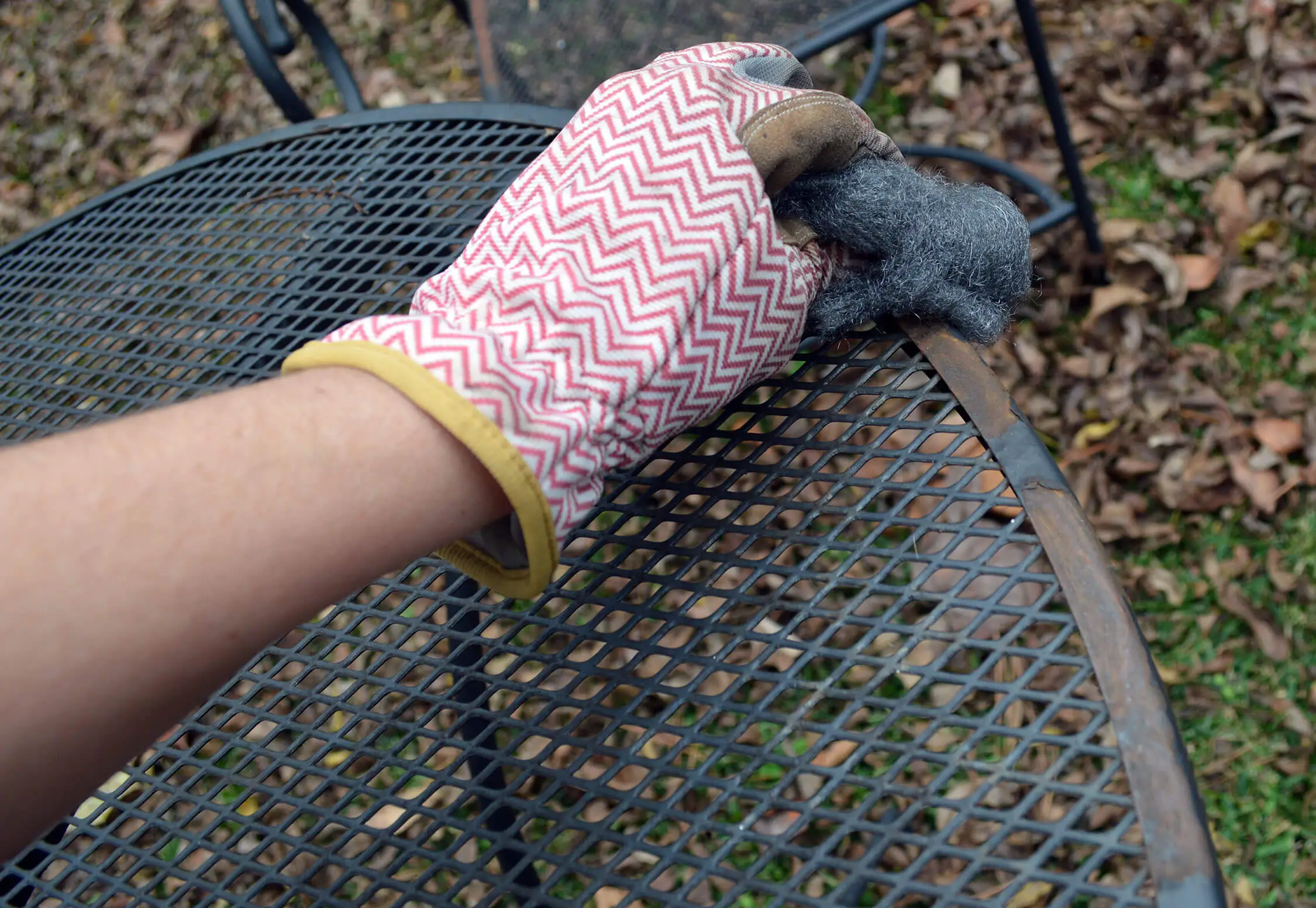
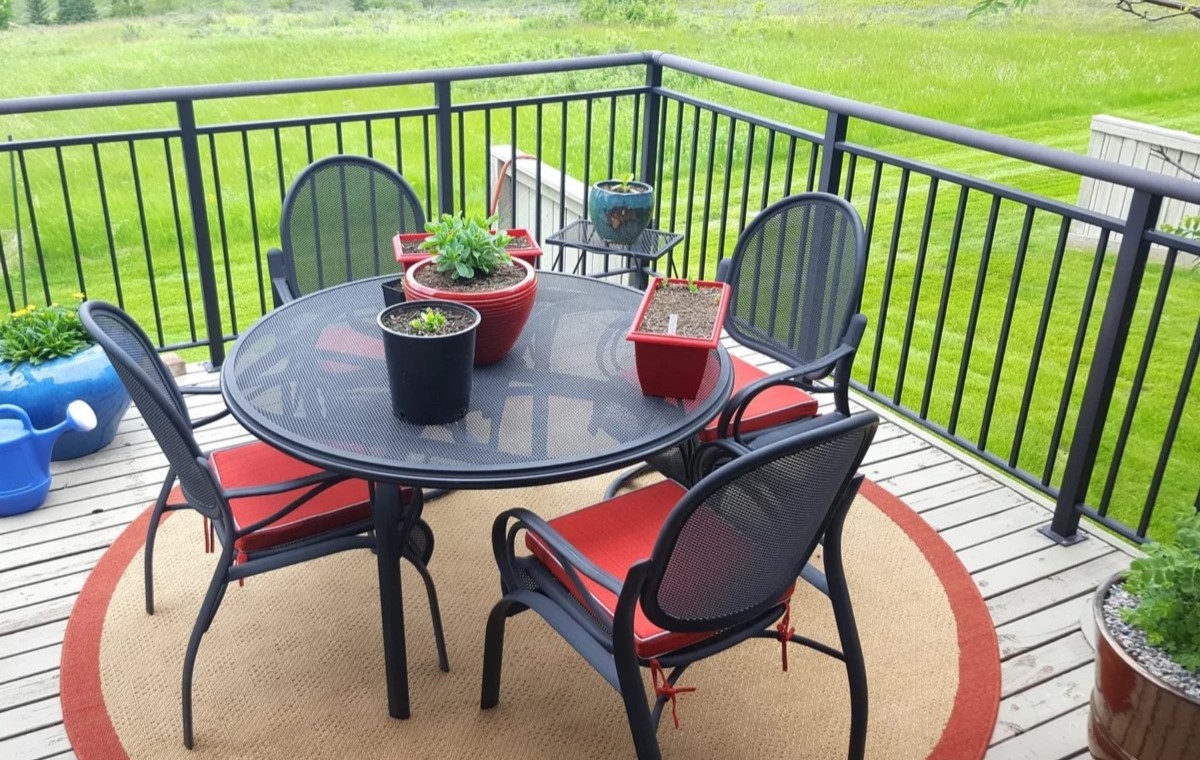
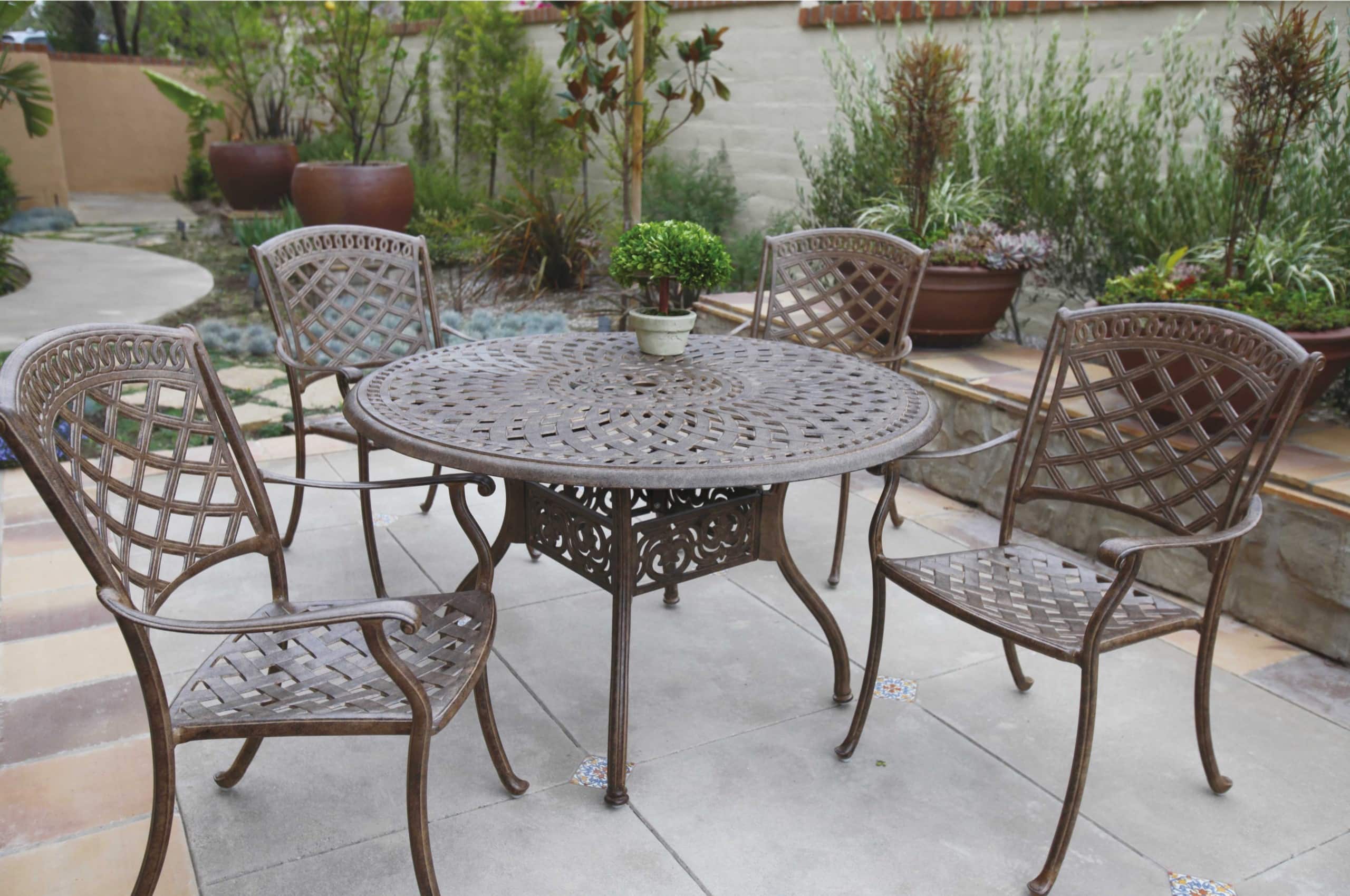
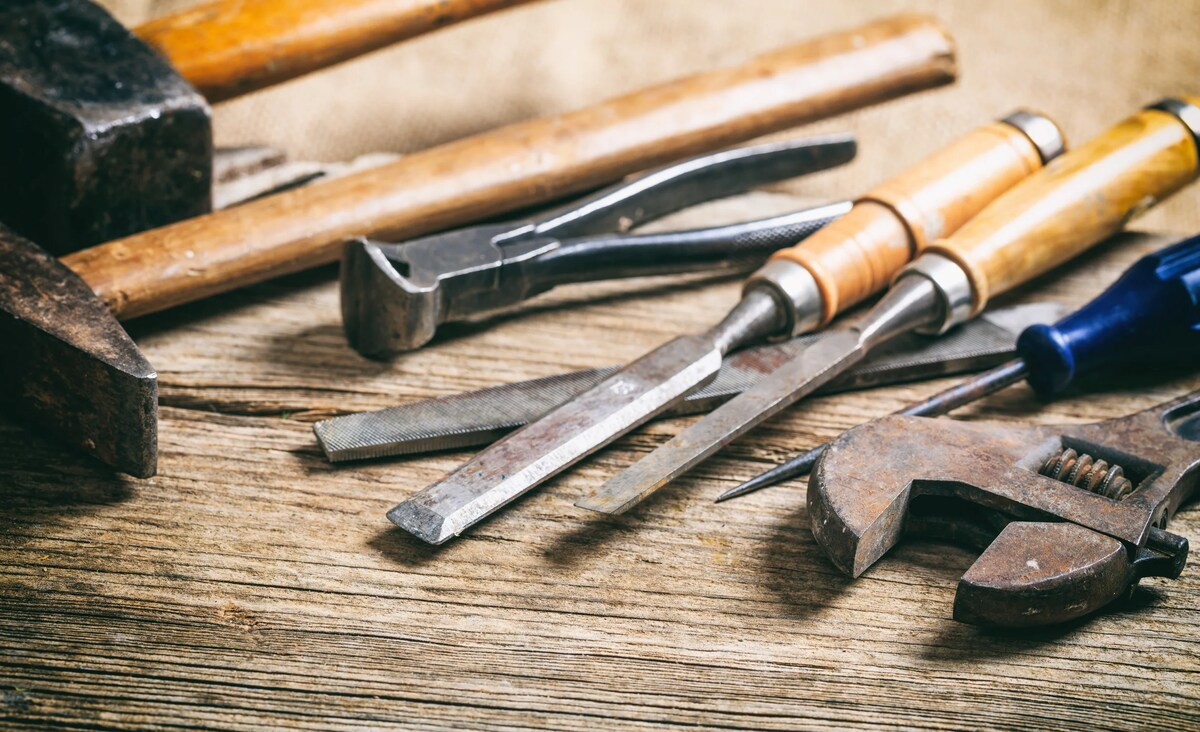
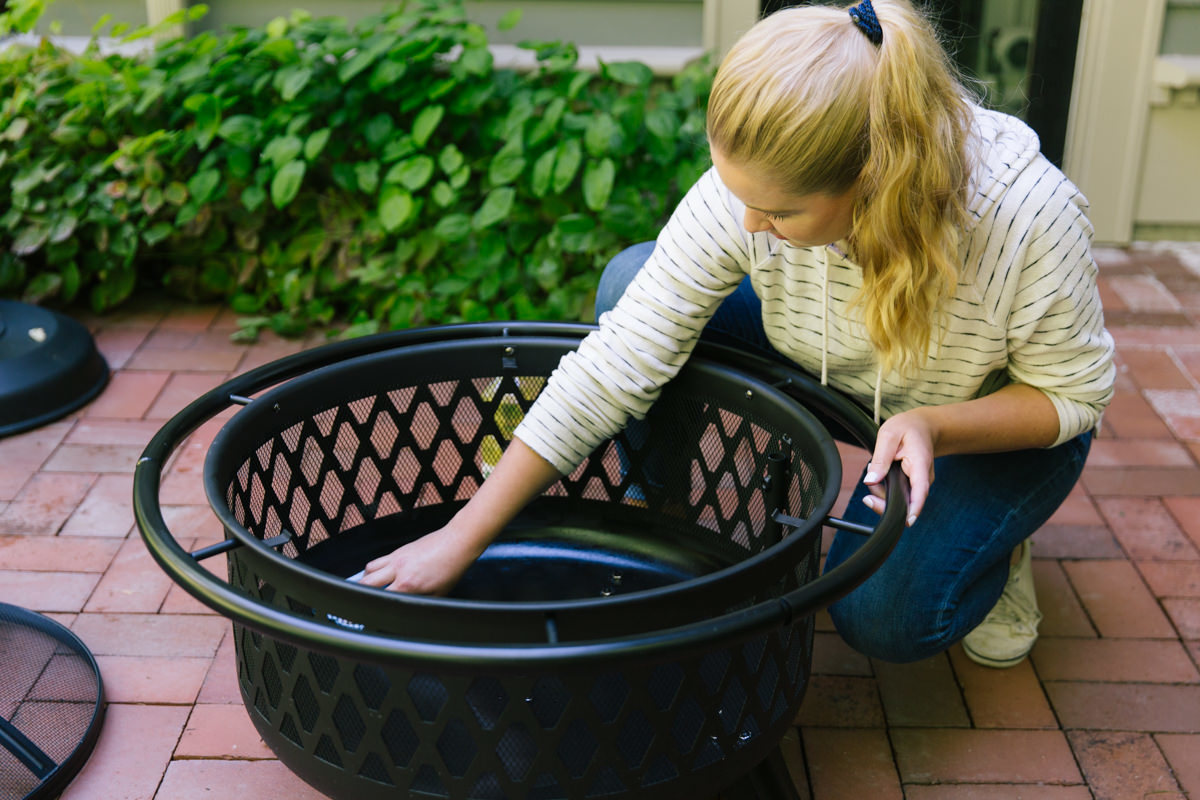
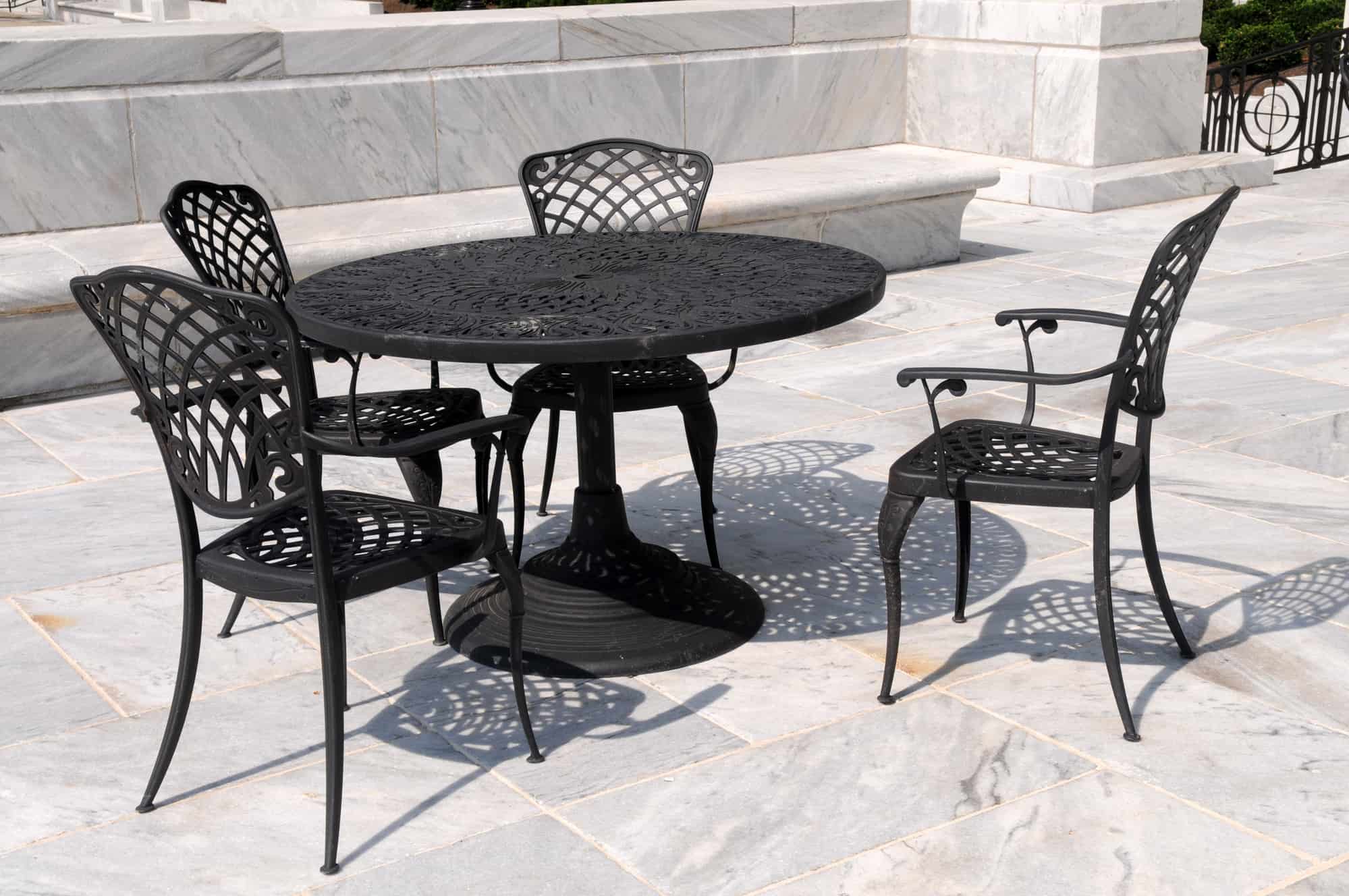
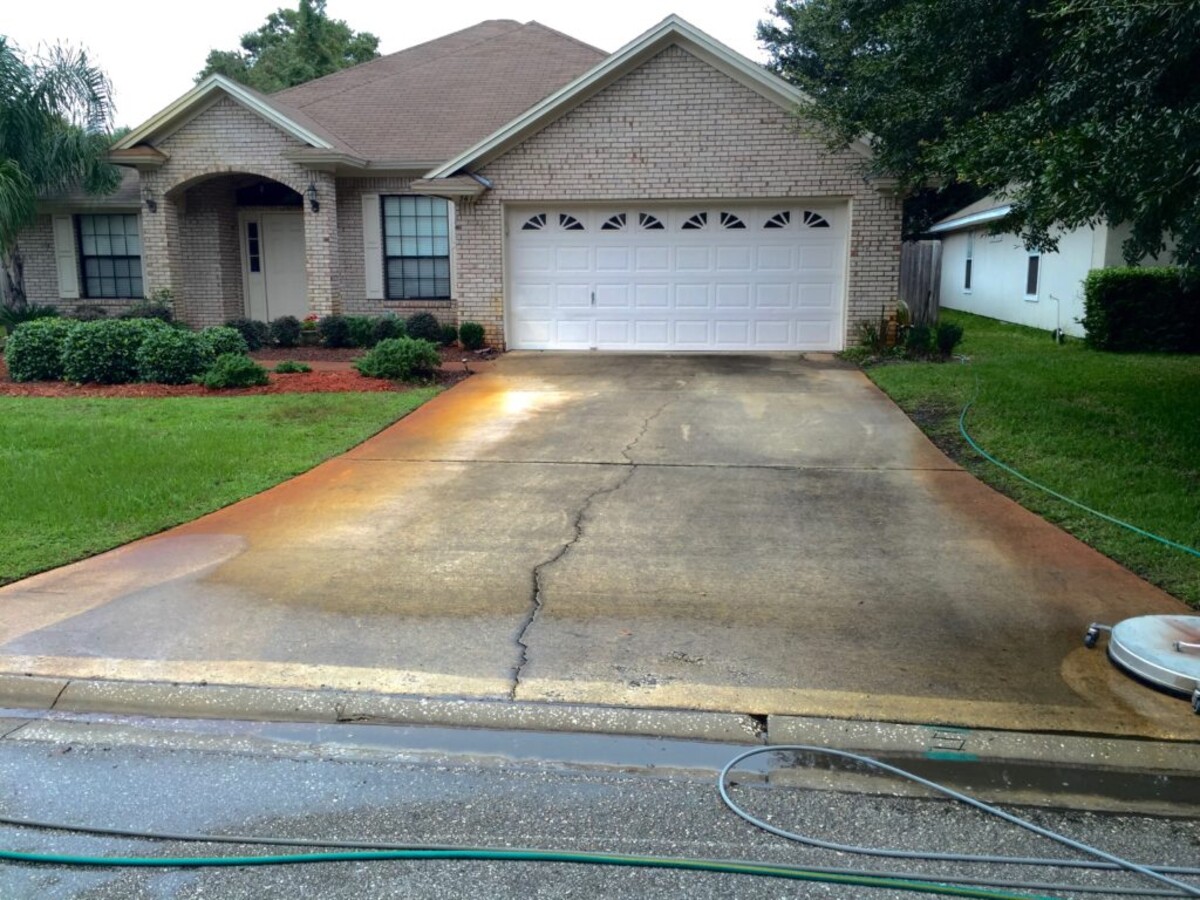
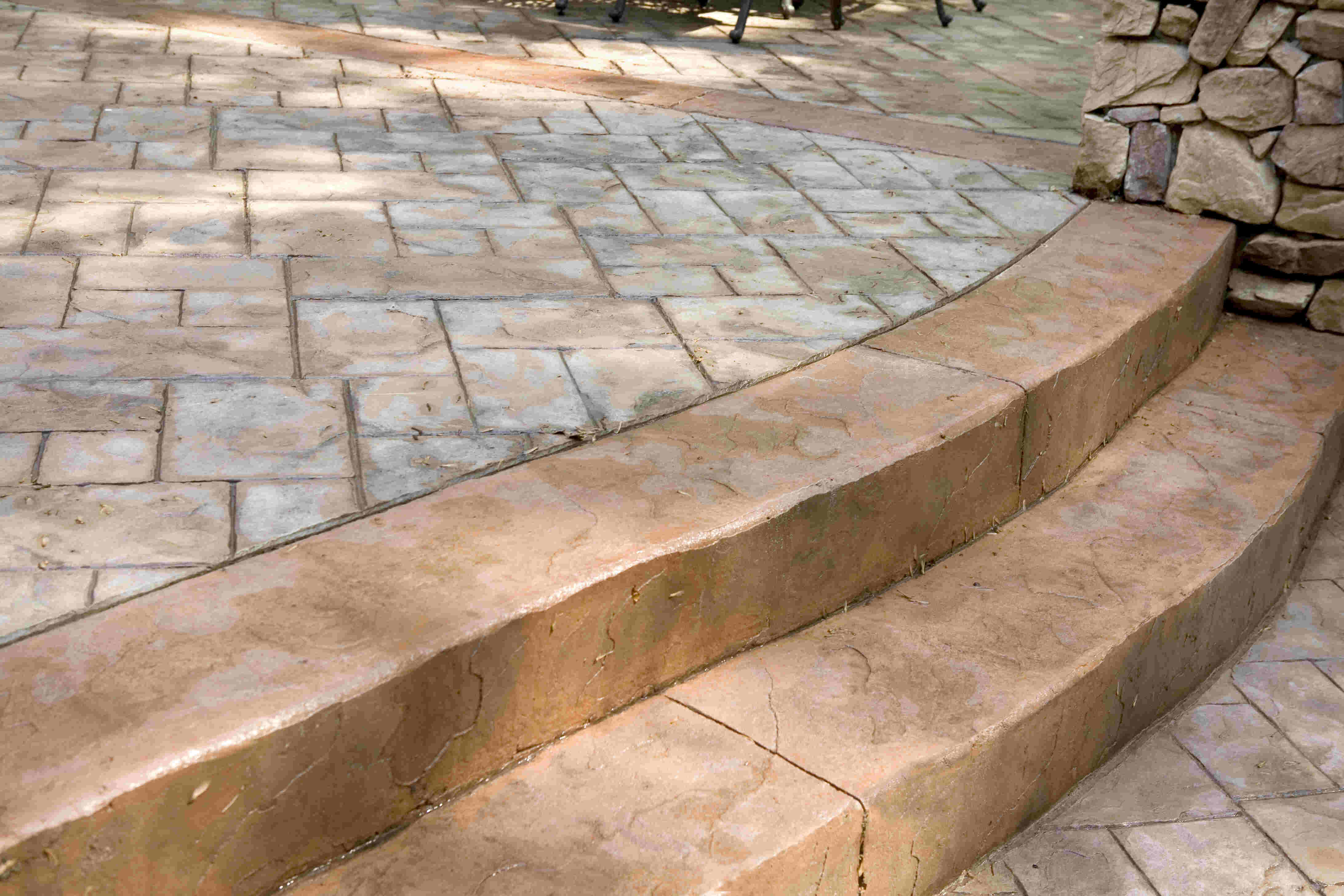
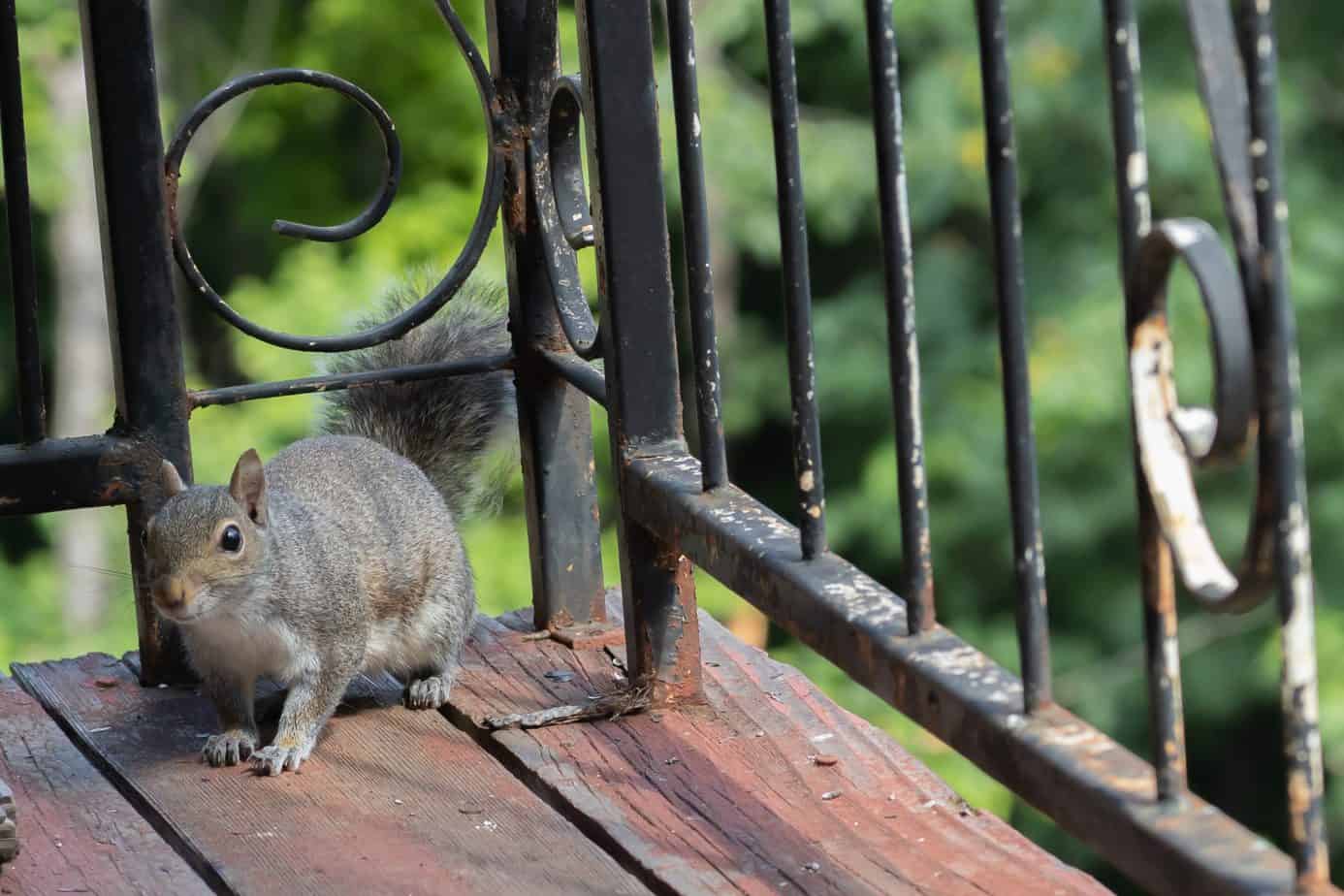
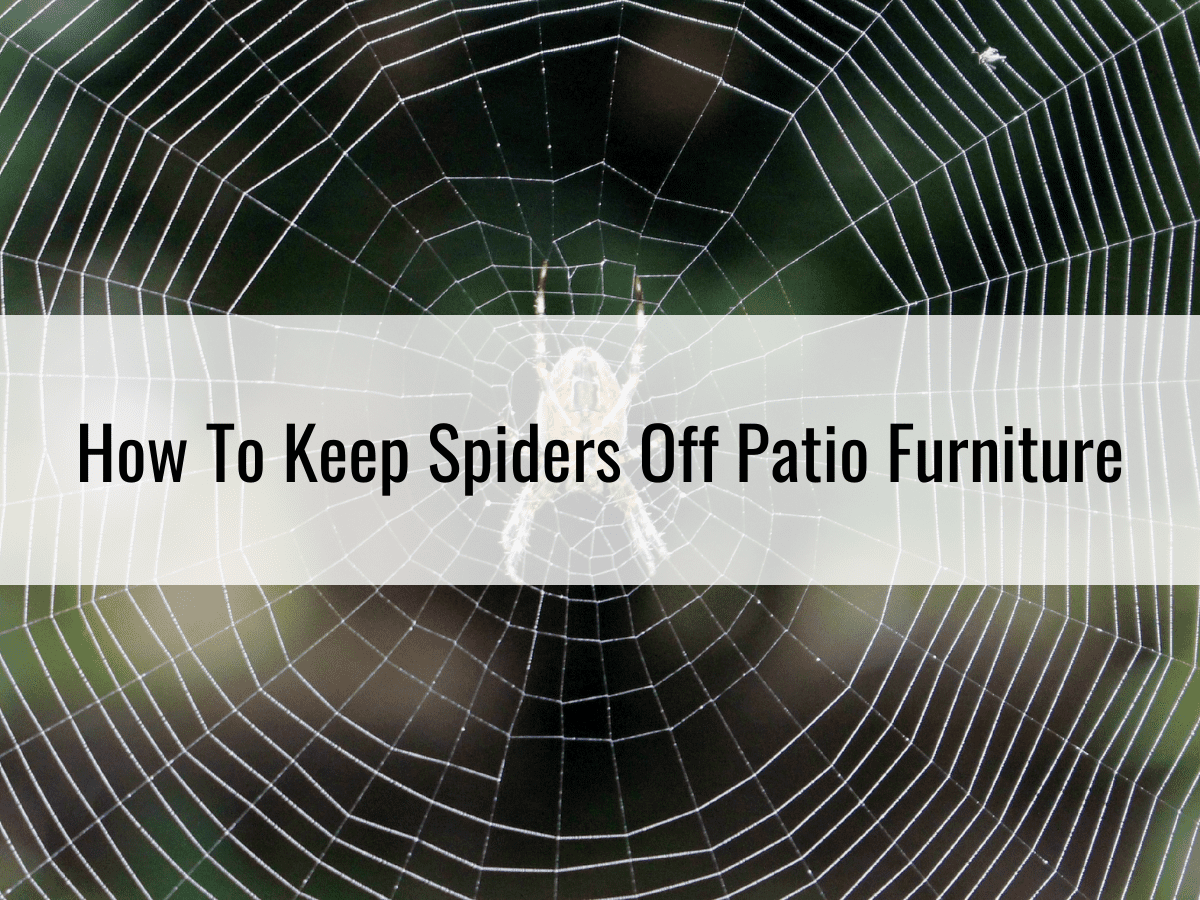
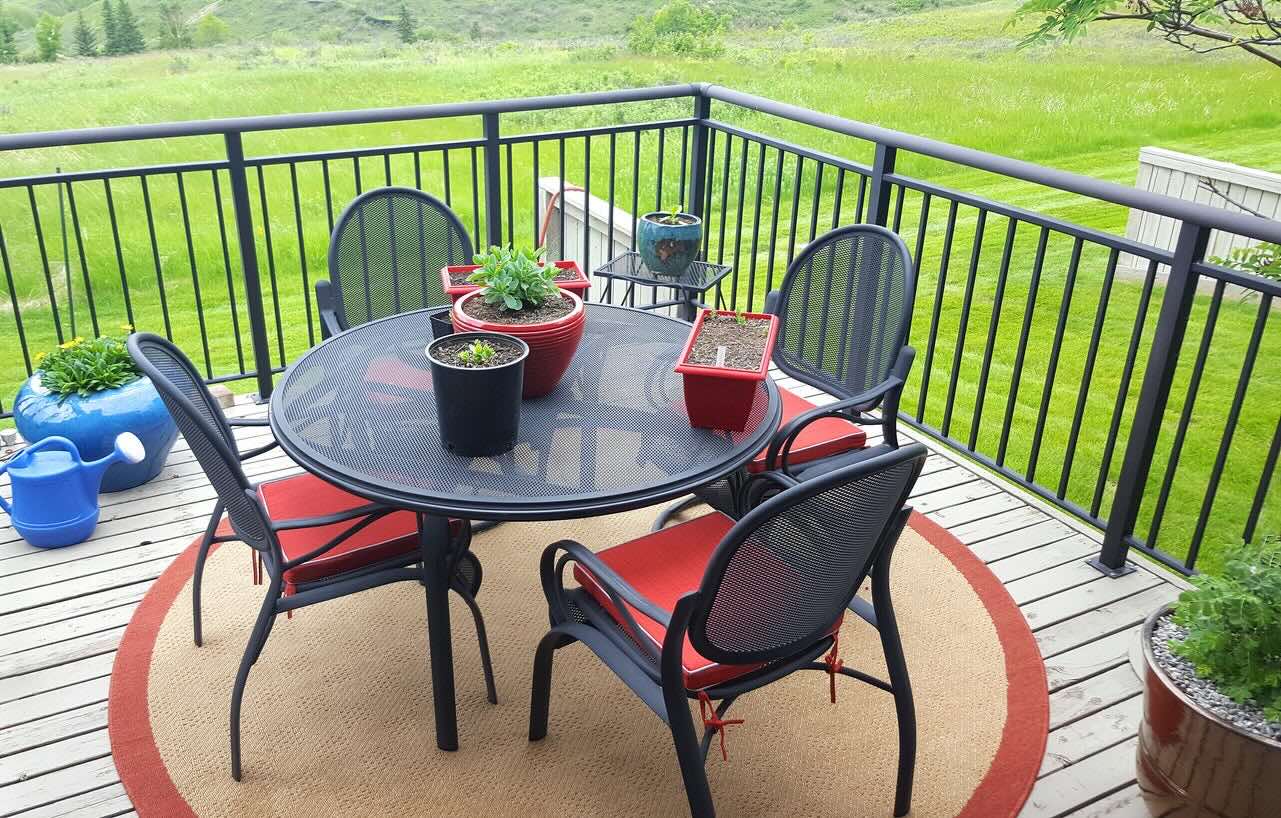
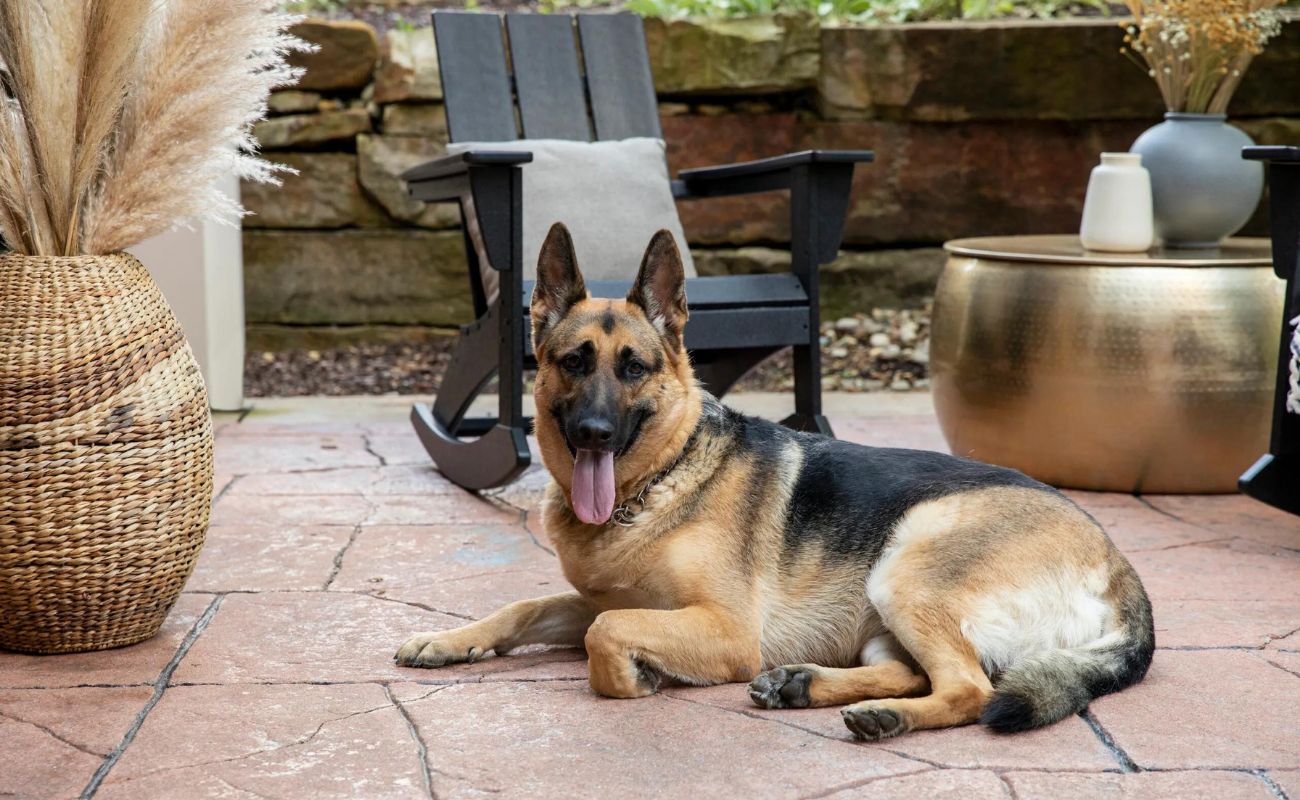


0 thoughts on “How To Keep Patio Furniture From Rusting”